There can be your advertisement
300x150
Where Was 'Moscow Does Not Believe in Tears' Shot: Secrets of the Heroines' Apartments
Interiors in the film showed the social status of characters better than any words
The film by Vladimir Menshov became not only a classic of Soviet cinema but also a guide to Moscow life across different eras. Viewers saw how the lives of the heroines changed over 20 years — from a communal room to a separate apartment. Interiors in the film showed the social status of characters better than any words. We tell you what is known about the filming locations and how the heroines' apartments reflected the spirit of the times.
Main points from the article:
- Most interiors were shot in real Moscow apartments, not on sets;
- The finale apartment of Katya shows the achievements of a Soviet woman;
- Communal living at the beginning of the film — typical housing for youth in the 1950s;
- Interiors accurately depicted life across various social strata of the USSR;
- Furniture and household items were selected as historical documents of the era.
Communal Living in the 1950s: The Beginning of the Journey
At the beginning of the film, we see a typical Moscow communal apartment where three friends live. The interior accurately reflects the reality of life for youth in post-war Moscow.
- A small room with three beds, a common table, minimal personal belongings — this was how thousands of young women who moved to the capital lived. The furniture was simple, functional, and without decoration.
- The walls were covered with typical Soviet wallpaper featuring a small pattern. The window was draped with simple curtains. No excesses — only what was necessary.
- The common kitchen and hallway were shown as places of constant movement and interaction among residents. This was the reality of communal living.
 Frame from the movie Moscow Does Not Believe in Tears, director Vladimir Menshov, Mosfilm, 1979
Frame from the movie Moscow Does Not Believe in Tears, director Vladimir Menshov, Mosfilm, 1979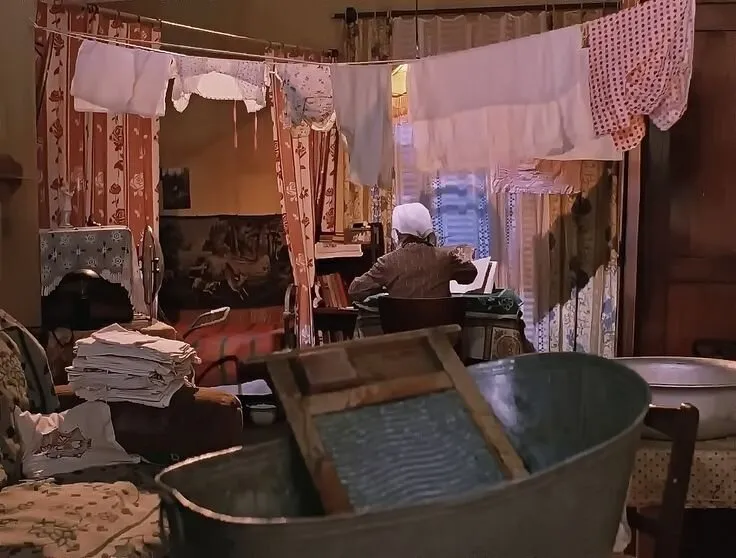 Frame from the movie Moscow Does Not Believe in Tears, director Vladimir Menshov, Mosfilm, 1979
Frame from the movie Moscow Does Not Believe in Tears, director Vladimir Menshov, Mosfilm, 1979Apartment in a Stalinist Building
As the film progresses, the status of the heroines rises, and we see an apartment in a Stalinist building — a symbol of prosperity for Soviet people.
- Spacious rooms with high ceilings look luxurious compared to the communal flat. Parquet floors, cornices, large windows — signs of quality housing.
- Furniture becomes better — not only functional but also beautiful. Bookshelves, paintings on the walls, quality textiles appear.
- A separate kitchen and bathroom — a dream for any Soviet family of that time.
 Frame from the movie Moscow Does Not Believe in Tears, director Vladimir Menshov, Mosfilm, 1979
Frame from the movie Moscow Does Not Believe in Tears, director Vladimir Menshov, Mosfilm, 1979 Frame from the movie Moscow Does Not Believe in Tears, director Vladimir Menshov, Mosfilm, 1979
Frame from the movie Moscow Does Not Believe in Tears, director Vladimir Menshov, Mosfilm, 1979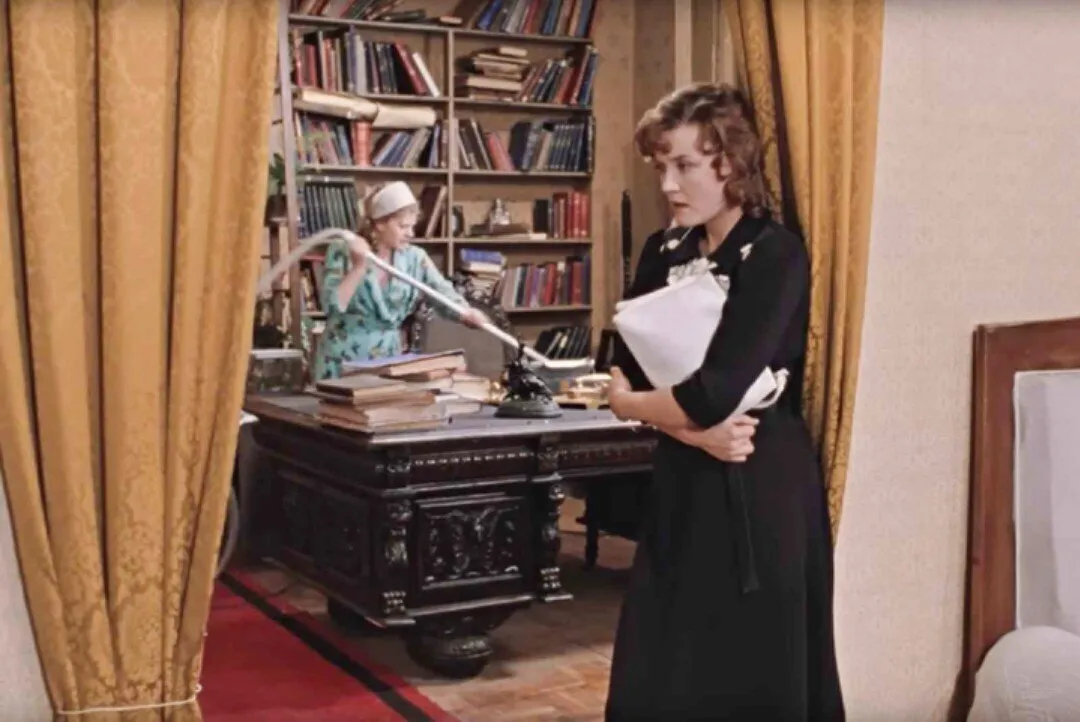 Frame from the movie Moscow Does Not Believe in Tears, director Vladimir Menshov, Mosfilm, 1979
Frame from the movie Moscow Does Not Believe in Tears, director Vladimir Menshov, Mosfilm, 1979Katya’s Apartment: A Symbol of Success
In the final part of the film, we see the apartment of successful Katya — a factory director. The interior shows what a Soviet woman could achieve.
- A spacious living room with quality furniture, a TV, and a radio — signs of material well-being in the 1970s.
- Books occupy an important place in the interior — highlighting the hostess’s education and culture.
- The bedroom is tastefully furnished — a beautiful bed, dressing table, quality linen.
- The kitchen is equipped with modern appliances of the time — a refrigerator, electric stove, and enough space for cooking.
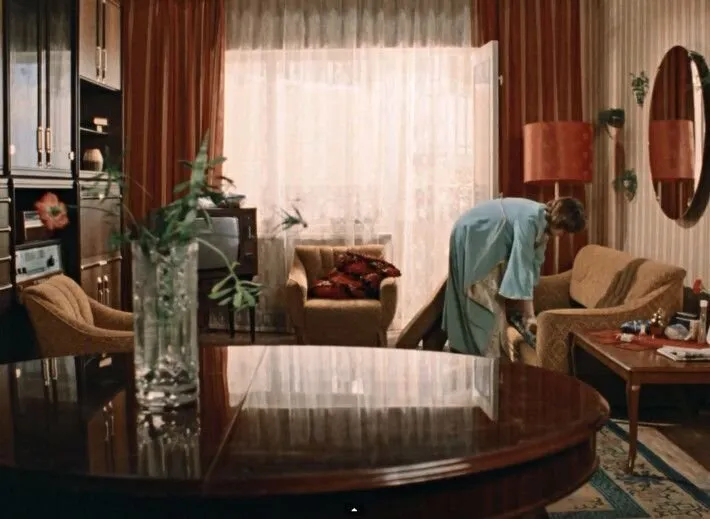 Frame from the movie Moscow Does Not Believe in Tears, director Vladimir Menshov, Mosfilm, 1979
Frame from the movie Moscow Does Not Believe in Tears, director Vladimir Menshov, Mosfilm, 1979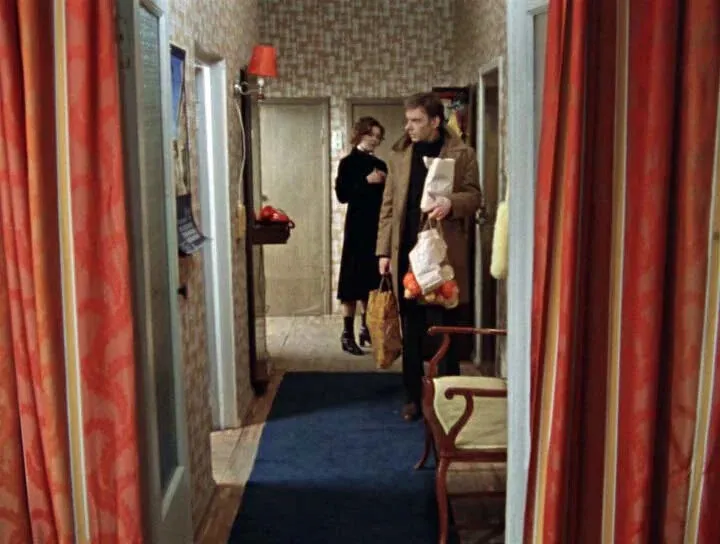 Frame from the movie Moscow Does Not Believe in Tears, director Vladimir Menshov, Mosfilm, 1979
Frame from the movie Moscow Does Not Believe in Tears, director Vladimir Menshov, Mosfilm, 1979 Frame from the movie Moscow Does Not Believe in Tears, director Vladimir Menshov, Mosfilm, 1979
Frame from the movie Moscow Does Not Believe in Tears, director Vladimir Menshov, Mosfilm, 1979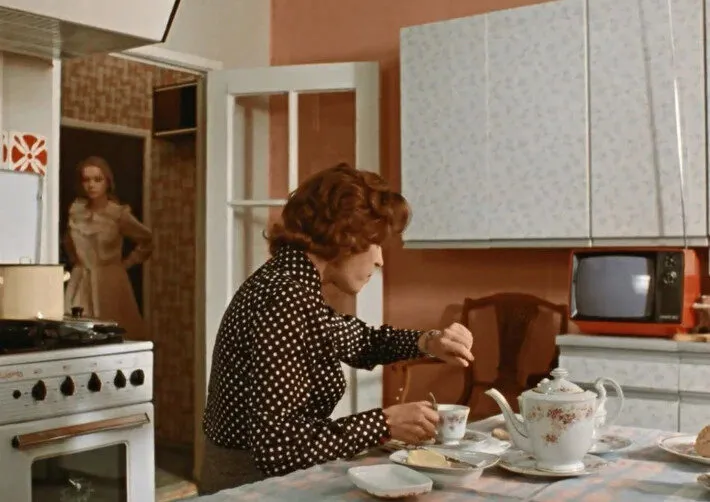 Frame from the movie Moscow Does Not Believe in Tears, director Vladimir Menshov, Mosfilm, 1979
Frame from the movie Moscow Does Not Believe in Tears, director Vladimir Menshov, Mosfilm, 1979Furniture as an Indicator of the Era
In the film, we see how Soviet furniture changed over two decades.
- 1950s — simple, functional furniture. Metal beds, basic tables and chairs, minimal decoration.
- 1970s — more diverse and quality furniture. Soft sofas, shelves for dishes and books, coffee tables.
- The appearance of imported items — carpets, chandeliers, decorative objects — shows growing prosperity.
Household Items as Time Documents
The film creators carefully selected household items for each era.
- Radios, telephones, dishes — all matched the time and the characters' social status.
- Clothing in wardrobes, cosmetics on dressing tables, books on shelves — every detail contributed to authenticity.
- Appliances in the apartments showed the technical progress of the USSR — from simple radios to color TVs.
 Frame from the movie Moscow Does Not Believe in Tears, director Vladimir Menshov, Mosfilm, 1979
Frame from the movie Moscow Does Not Believe in Tears, director Vladimir Menshov, Mosfilm, 1979Color Palette of Interiors
The colors in the heroines’ apartments changed with the era and status.
- Communal living — muted, practical colors. Brown, gray, white — no bright accents.
- Apartment of the middle class — green, blue, more saturated tones appear.
- Katya’s successful apartment — rich palette, quality fabrics, thoughtfully chosen color combinations.
Lighting and Atmosphere
Lighting in the film underscores changes in the heroines’ lives.
- Communal living was dimly lit — one bulb under the ceiling, no additional light sources.
- In a Stalinist apartment, table lamps and floor lamps appear — life becomes more comfortable.
- Katya’s apartment is brightly lit — chandeliers, wall sconces, table lamps create a cozy atmosphere.
Kitchens of Different Eras
The kitchens in the film show the evolution of Soviet life.
- Common kitchen in communal living — minimal space, old stove, shared dishes.
- A separate kitchen in a Stalinist apartment — more space, personal appliances, the ability to cook properly.
- Katya’s modern kitchen — refrigerator, electric stove, enough space for family meals.
Bathrooms
- Bathrooms also reflected the social status of the heroines.
- A common bathroom in communal living — outdated plumbing, minimal amenities.
- A separate bathroom in an apartment — modern plumbing, tiles, mirror.
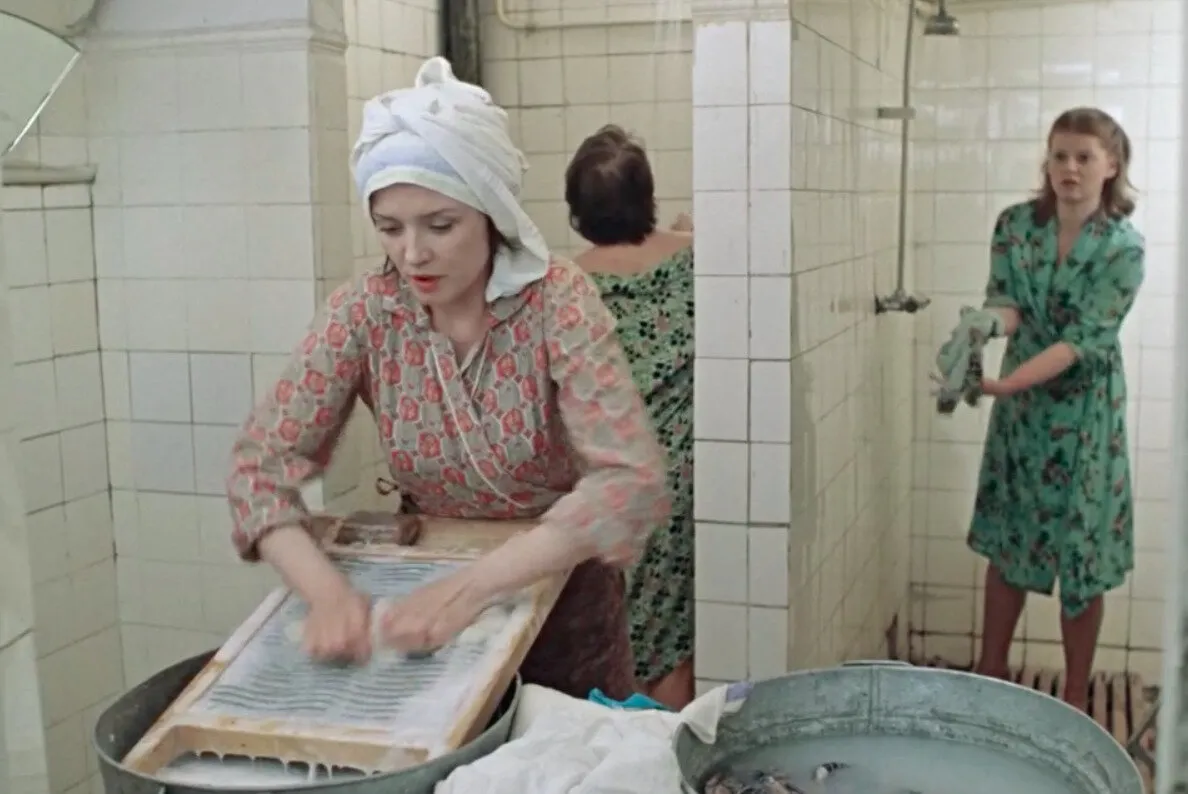 Frame from the movie Moscow Does Not Believe in Tears, director Vladimir Menshov, Mosfilm, 1979
Frame from the movie Moscow Does Not Believe in Tears, director Vladimir Menshov, Mosfilm, 1979Children’s Rooms
The interior of the children's room is shown only briefly in the film, so there is no detailed description. However, it is known that the room was small and simply furnished:
A desk;
A narrow bed;
A wardrobe;
A bookshelf;
Windows with patterned curtains;
A chandelier with fringe on the ceiling.
Also, in one of the scenes it is mentioned that Sasha often listened to music on a reel-to-reel tape recorder — even by the standards of that time, such a device seemed like a rarity.
 Frame from the movie Moscow Does Not Believe in Tears, director Vladimir Menshov, Mosfilm, 1979
Frame from the movie Moscow Does Not Believe in Tears, director Vladimir Menshov, Mosfilm, 1979What Interiors Show
The apartments in the film are a social ladder of the USSR. Each interior reflects the status, opportunities, and aspirations of the heroines.
- From a communal room to a separate apartment — the journey of a Soviet person toward a better life.
- Furniture, appliances, and decor show what it meant to “live well” in different periods.
- The interiors document the changes in Soviet life over 20 years.
Influence on Viewers
- The apartments from the film became a model for imitation. Viewers saw what they could strive for.
- The interior of Katya’s apartment showed the possibilities within the Soviet system — education and hard work lead to prosperity.
- The film shaped perceptions of how a successful Soviet woman should live.
The heroines' apartments in Moscow Does Not Believe in Tears remain an important document of the Soviet era. They show not only changes in everyday life but also social opportunities of that time. Interiors in the film are a history of the country told through objects and spaces.
Cover: Frame from the movie Moscow Does Not Believe in Tears, director Vladimir Menshov, Mosfilm, 1979
More articles:
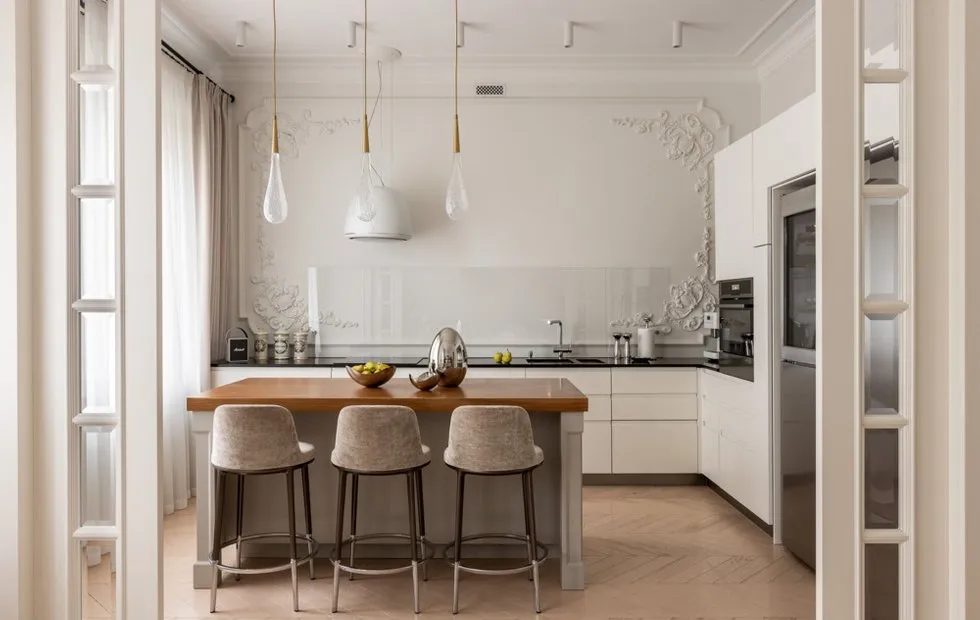 Small Kitchen Is Not a Problem: 10 Visual Expansion Techniques
Small Kitchen Is Not a Problem: 10 Visual Expansion Techniques Self-Built Home: How Our Heroine Designed Her Dream House
Self-Built Home: How Our Heroine Designed Her Dream House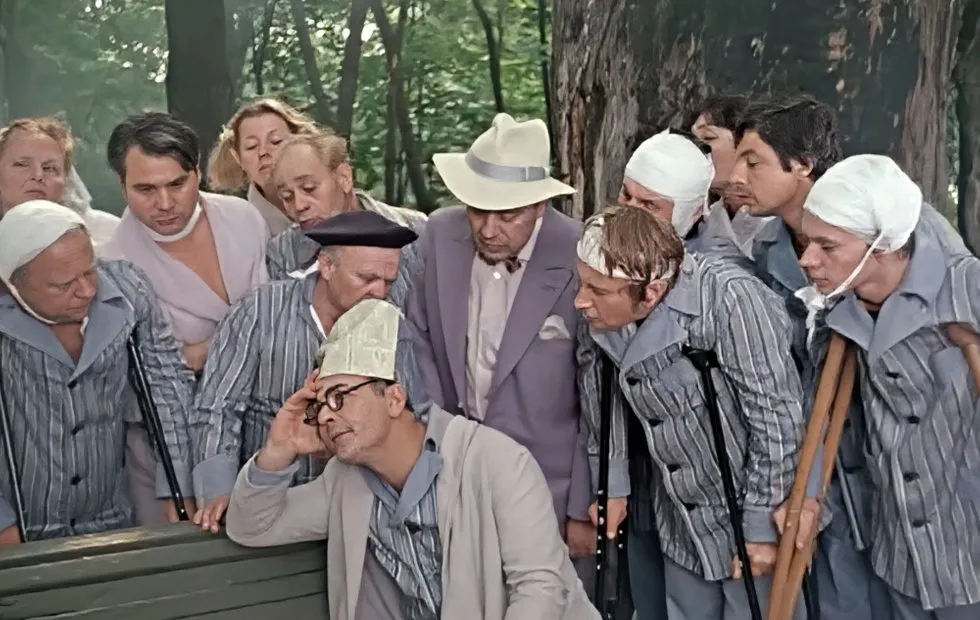 Hospital from "Pokrovsky Gates": filming in real Moscow clinics
Hospital from "Pokrovsky Gates": filming in real Moscow clinics Modern Interior of a 63 m² Apartment in Istanbul's Turkish Traditions
Modern Interior of a 63 m² Apartment in Istanbul's Turkish Traditions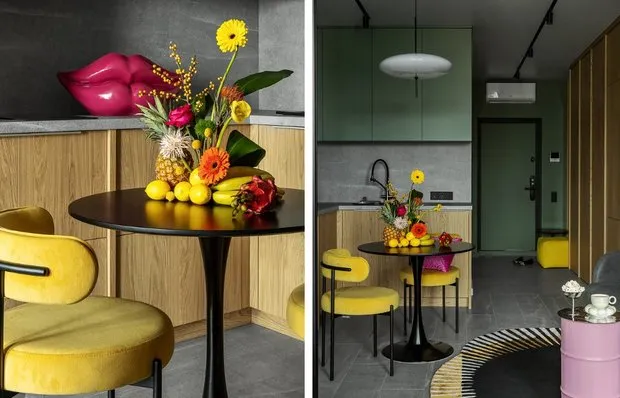 Maximum Color: How a Designer Decorated a Small Kitchen in a 32 m² Studio
Maximum Color: How a Designer Decorated a Small Kitchen in a 32 m² Studio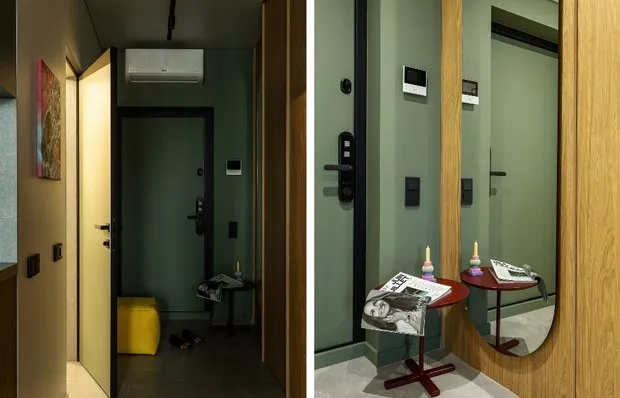 Bright First Impression: How the Entrance Hall Is Organized in a 32 m² Studio
Bright First Impression: How the Entrance Hall Is Organized in a 32 m² Studio 7 Ideas We Borrowed from a Stylish 32 m² Studio in Minsk
7 Ideas We Borrowed from a Stylish 32 m² Studio in Minsk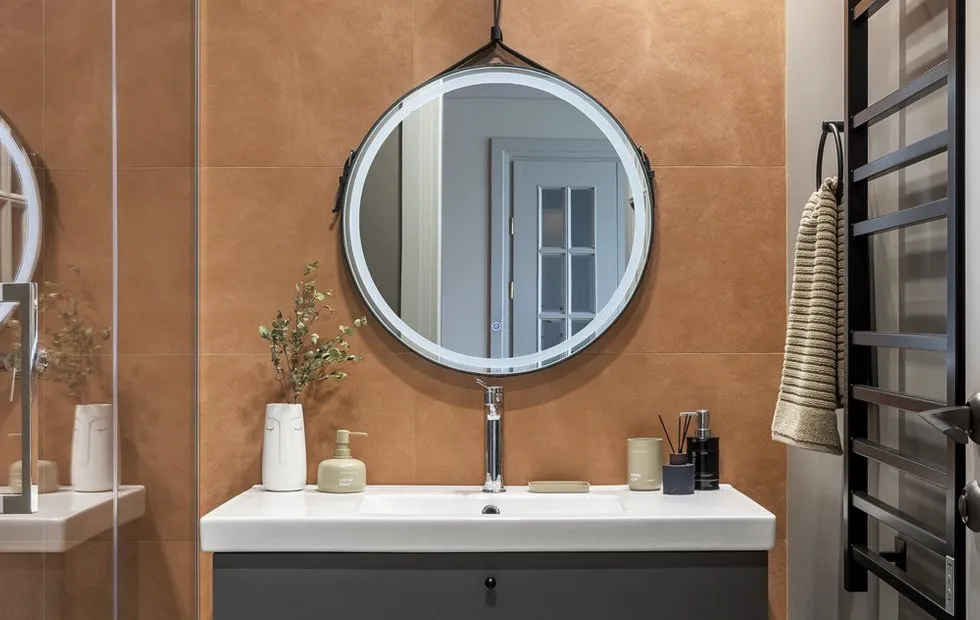 Small Bathroom Is Not a Verdict: 12 Tricks for Visual Expansion
Small Bathroom Is Not a Verdict: 12 Tricks for Visual Expansion